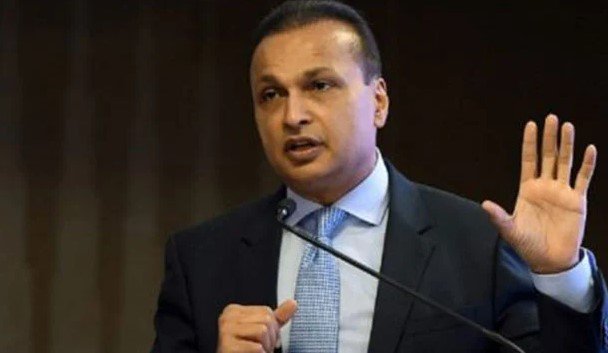Mukesh Ambani’s Reliance Industries is negotiating a potential $3 billion loan with several banks, aiming to secure the largest offshore borrowing from India since 2023. This move comes at a time when the Indian conglomerate faces substantial debt repayments due next year.
A Record-Breaking Loan Could Be on the Horizon
Reliance Industries is in talks with around six banks to secure a loan worth up to $3 billion. If finalized, it would be the largest offshore loan from India in over a year. The loan would be syndicated to a wider market by the first quarter of 2025, with plans to refinance a portion of the company’s debt due in 2025. While the terms are still in discussion, the deal is expected to be significant, given the size of the loan and the stature of the borrower.
This loan, which will primarily serve to refinance upcoming debt, is also seen as a way for Reliance to strengthen its financial position amid market uncertainty. The conglomerate has about $2.9 billion in debt maturing next year, which includes both principal and interest payments. However, the discussions remain private, and no official statement has been made by the company yet.

The Return to the Offshore Loan Market
If this loan materializes, it would mark Reliance Industries’ return to the international loan market after a notable absence. The last time the company raised significant offshore funds was in 2023, when it successfully secured over $8 billion in loans. At the time, the financing set a new record for an Indian borrower. That deal involved approximately 55 lenders, reflecting the global appetite for high-quality Indian debt.
Back then, the borrowing was spread across both Reliance Industries and its subsidiary, Reliance Jio Infocomm Ltd. The 2023 deal was structured as a combination of loans to refinance debt, and it garnered attention from banks looking to fund deals involving top-tier corporate credits.
The upcoming $3 billion borrowing is expected to receive similar interest, especially considering Reliance’s strong credit position.
Why the Loan Matters: Impact of the Indian Rupee and Reliance’s Credit Rating
The timing of Reliance’s offshore borrowing is particularly important, given the ongoing depreciation of the Indian rupee. The rupee recently hit a record low against the dollar, influenced by persistent outflows from Indian equities. Such economic pressures have made it more difficult for Indian companies to raise capital domestically, pushing many to seek funding from international markets instead.
For Reliance, the loan is also a key indicator of its strong financial health. The conglomerate is currently rated just one notch above India’s sovereign grade by international rating agencies. This unique positioning allows Reliance to borrow at favorable terms despite India’s overall credit rating being lower.
Reliance’s solid financials were reaffirmed last week by Moody’s, which reaffirmed the company’s Baa2 rating. According to Moody’s, Reliance’s credit metrics remain solid, which is expected to continue even amid high capital spending on its various projects.
Reliance’s Debt Profile and Future Plans
Reliance’s debt structure is a key element in understanding its ongoing financing needs. Over the past few years, the conglomerate has made large-scale investments, particularly in its telecom arm, Reliance Jio, and its retail business. This capital spending has led to higher debt levels, though the company has managed to keep its financial metrics in a strong position.
The upcoming $3 billion loan would help the company manage its obligations more efficiently, refinancing debt due in 2025. Reliance has a track record of raising significant funds from international markets, and its ability to negotiate these loans with favorable terms speaks to its strong creditworthiness.
Additionally, this borrowing comes at a time when the Indian corporate sector is facing increasing pressure to raise funds abroad, due to tighter domestic liquidity conditions. Reliance’s ability to continue attracting global lenders underscores its leadership in the Indian business landscape.
